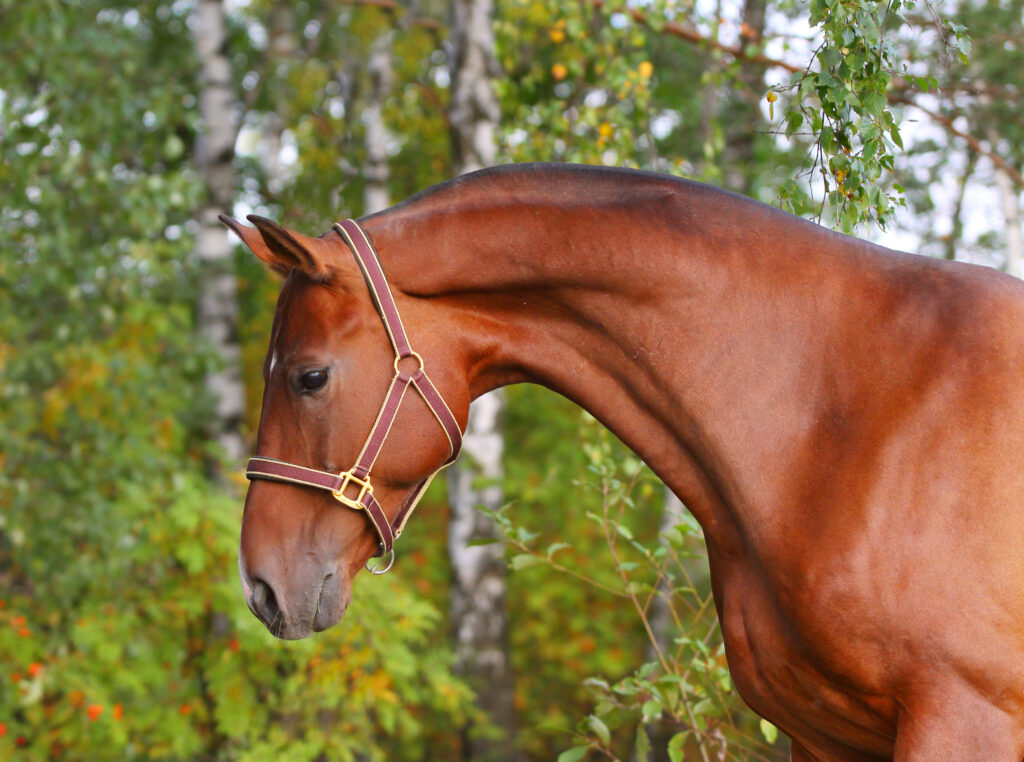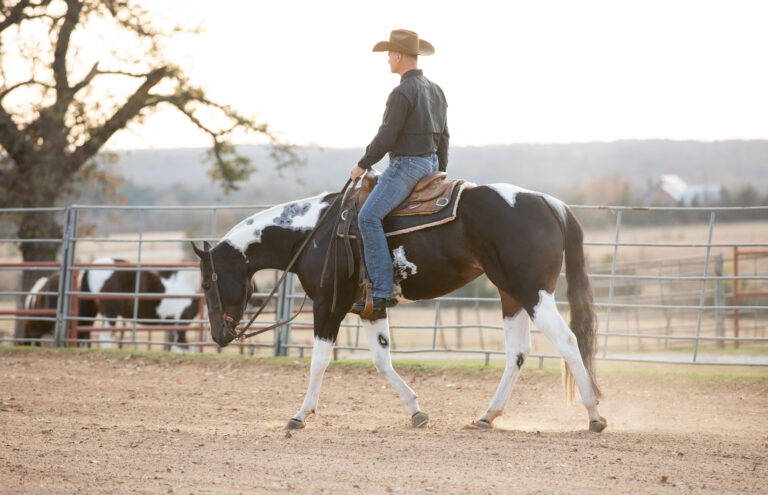
During the ever-popular Kester News Hour at the 2024 American Association of Equine Practitioners’ Convention, Katie Seabaugh, DVM, DACVS, DACVSMR, of Colorado State University’s Equine Orthopaedic Research Center, presented two papers describing cases of neck pain in horses and evaluation with cervical radiographs.
Transposition of Ventral Lamina C6 into C7
The first retrospective study of 135 horses focused on the significance of possible movement/transposition of the ventral lamina of C6 into C7.
The ventral lamina is part of the transverse process on the ventral aspect of C6 near the attachment for the longus colli muscles. The horses presented with clinical signs such as neck pain, performance or behavioral changes, and musculoskeletal lameness. The cervical radiographic findings identified transposition in 20% of horses but was not significantly associated with the final diagnosis.
In horses diagnosed with neck pain, transposition was more common (31%) than in horses without pain (18%). Two-thirds of the horses with this transposition were warmbloods.
Congenital Variants of Ventral Laminae C6 and C7
Another study looked at congenital variants of the ventral laminae of C6 and C7. The researchers also recorded the presence of other radiographic abnormalities from C6 to T2.
The study included only warmbloods. For controls, the researchers used 127 horses with distal limb gait abnormalities or a prepurchase exam without clinical signs—the control horses did not have neck pain. Of the 96 clinical cases of neck pain, some were neurologic, showed forelimb lameness associated with the neck, or had neck pain and/or stiffness. Orthopedic and neurologic examinations were done on all the horses.
Congenital variants of C7 were present in 24.2% of all horses but more common in control horses (29.2%). In about 8% of horses, one ventral lamina was missing from C6; in almost 16% of horses, both ventral laminae were missing from C6.
Take-Home Message
In summary, there was no association between congenital variants and modeling of the articular process and, therefore, no increase in a horse’s risk of developing osteoarthritis. The congenital variant of the ventral laminae of C6 and C7 is not associated with neurologic disease or cervical orthopedic disease. However, this variant is likely associated with neck pain in horses and is present in 20-25% of neck pain cases.
References
- Henderson CS, Story MR, Nout-Lomas YS. Neck pain but not neurologic disease occurs more frequently in horses with transposition of the ventral lamina from C6 to C7. J Am Vet Med Assoc. 2024 May 29;262(9):1215-1221. doi: 10.2460/javma.24.04.0230. PMID: 38810659.
- Dyson S, Phillips K, Zheng S, Aleman M. Congenital variants of the ventral laminae of the sixth and seventh cervical vertebrae are not associated with clinical signs or other radiological abnormalities of the cervicothoracic region in Warmblood horses. Equine Vet J. 2024 Jun 28. doi: 10.1111/evj.14127
Related Reading
- Ventral Interbody Fusion for Horses With C7-T1 Pathology
- Is That Horse’s Radiographic Neck Lesion Important?
- Bad Behavior and Possible Neck Pain in Mares
Stay in the know! Sign up for EquiManagement’s FREE weekly newsletters to get the latest equine research, disease alerts, and vet practice updates delivered straight to your inbox.

![[Aggregator] Downloaded image for imported item #18375](https://s3.amazonaws.com/wp-s3-equimanagement.com/wp-content/uploads/2025/09/30140031/EDCC-Unbranded-26-scaled-1-768x512.jpeg)
![[Aggregator] Downloaded image for imported item #18890](https://s3.amazonaws.com/wp-s3-equimanagement.com/wp-content/uploads/2025/11/17113845/EDCC-Unbranded-3-scaled-1-768x512.jpeg)

